Exhaust Systems Explained
Table of Contents
Exhaust Systems Explained
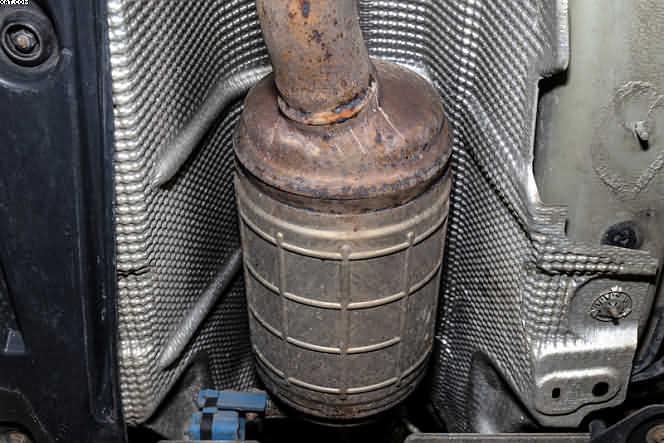
Exhaust Systems Explained
To most of our customers, the exhaust system is just something that hangs underneath their car, and when it breaks, it makes a loud noise and costs a lot of money to replace. Well, the second part is true; they do now cost a lot of money to replace, especially if you include the catalytic converter in the price.
The first thing that your exhaust does is transfer the gases produced by your engine from the front of the car (the engine) to the rear of the car, expelling the gases into the atmosphere. Before the days of emission testing, gases were a major polluter, but thanks to new car technology, cars now emit far fewer toxic gases than they used to.
The exhaust system usually consists of three or four different parts, depending on the model and engine size of the car.
They start at the front of the car with the catalytic converter, which is connected via a normal piece of pipe to one or two silencer boxes and sometimes a piece of chrome pipe to add a finishing touch as the exhaust system leaves the underneath of your car. By filtering CO2 gases through microporous ceramic honeycomb structures, the catalytic converter lowers the amount of CO2 gases that exit the engine.
Lambda sensors
of course, which are screwed into the converter and send messages to the on-board computer that is a standard feature in all modern cars, as well as monitor the emissions.
The rest of the exhaust is pretty simple in comparison to the cat.
The exhaust system boxes are filled with a fibreglass-type material that quiets the sound made by the engine. In the USA, these are called “mufflers” because, simply put, they muffle or quieten the sound as it enters the box.
Exhaust systems are probably one of the few things that differ in quality. A cheap exhaust system will probably only last for about 18 months, but a much better system, say one that is made by a company called “Bosal” will last up to four times longer because of the superior quality of the metals used in the making of the parts.
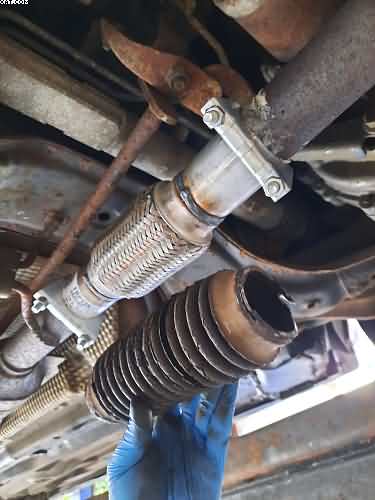
What can go wrong with your exhaust system?
well, starting at the front. So a big problem is the gasket that bolts your exhaust system to the engine. This gasket can become worn and deteriorate. because of the engine’s high temperature emissions. When this happens, the noise will be deafening! However, they are usually simple to repair. The next problem is just common old rust.
The complete car Exhaust system is attacked by rust.
Hence, from the day that the car hits the road, salt is also added. Especially in the UK, where we use a lot of it during the winter. Eventually, the rust will attack the most vulnerable parts of the exhaust, and a piece will fall off.
A stainless steel exhaust system is the only cure for this problem.
However, they cost two or three times the price of mild steel systems in the first place. So they are not always a viable alternative. For a free, no-obligation quote on a catalytic converter or exhaust system, check out our web site if you have catalytic converter problems.
Exhaust Systems Explained: A modern diesel exhaust system come s with a diesel particulate filter (DPF).
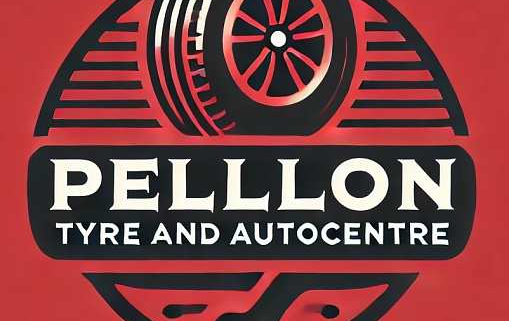
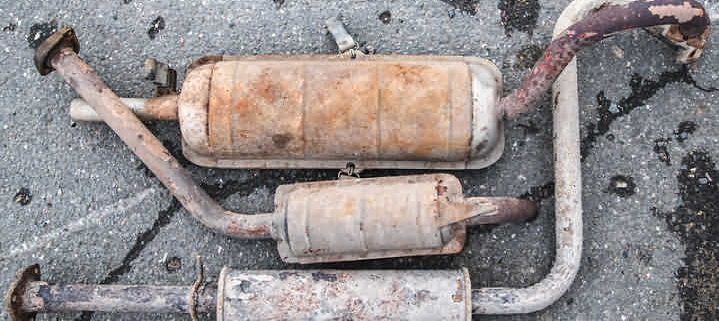
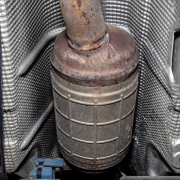


Thanks for helping me learn more about exhaust systems. I actually didn’t know that the mufflers were made from a fibreglass material. I’m kind of interested to learn more about how these are made, especially so that the design can quieten the noise from the system.
Hi al at Tonys Mufflers hope you are enjoying some good business? eric http://www.pellonautocentre.com/our-blog/